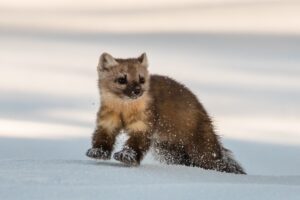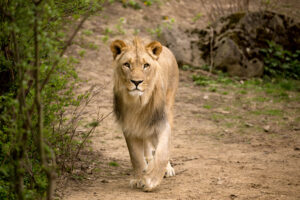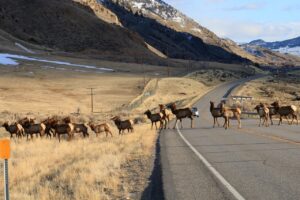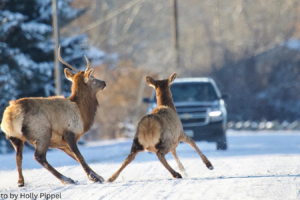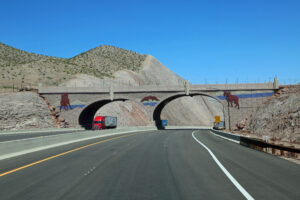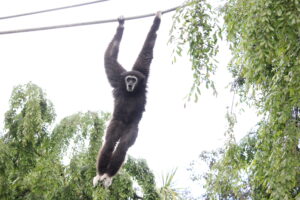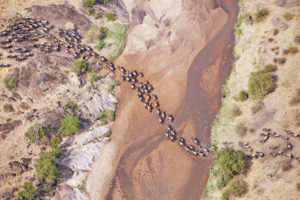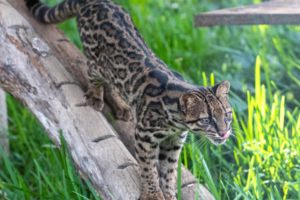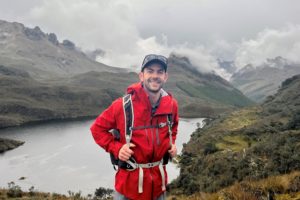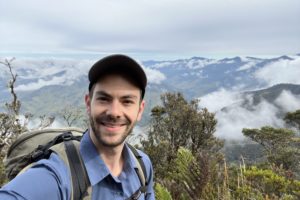Collaborative Planning for Ecological Connectivity in Québec
Across deciduous and evergreen forests, lakes, streams and wetlands, working farms and timber lands, Québec, Canada is enormously rich in ecological diversity. However, pressures from people—residential and commercial development, climate change, and pollution—increasingly threaten the biodiversity that depends on intact habitats. Black bears and eastern wolves need wide swaths of land in their home ranges to find food and mates, wood turtles rely on unfragmented corridors to safely reach water sources, and migratory birds need stepping stones of habitat for their seasonal movements.
